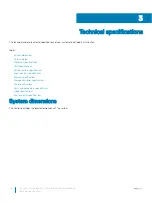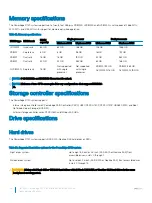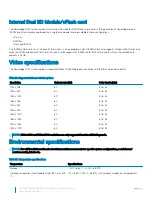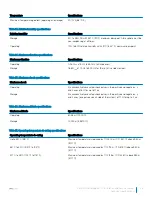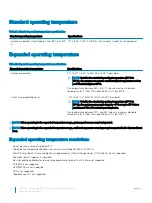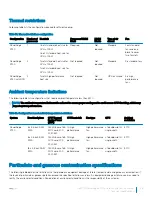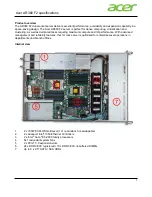
Methods to download firmware and drivers
You can download the firmware and drivers by using any of the following methods:
Table 35. Firmware and drivers
Methods
Location
From the Dell Support site
Using Dell Remote Access Controller Lifecycle Controller (iDRAC
with LC)
Using Dell Repository Manager (DRM)
Using Dell OpenManage Essentials (OME)
Using Dell Server Update Utility (SUU)
Using Dell OpenManage Deployment Toolkit (DTK)
Downloading drivers and firmware
Dell recommends that you download and install the latest BIOS, drivers, and systems management firmware on your system.
Prerequisites
Ensure that you clear the web browser cache before downloading the drivers and firmware.
Steps
1
Go to
.
2
In the
Drivers & Downloads
section, type the Service Tag of your system in the
Enter a Service Tag or product ID
box, and then click
Submit
.
NOTE:
If you do not have the Service Tag, select Detect Product to allow the system to automatically detect your
Service Tag, or click View products, and navigate to your product.
3
Click
Drivers & Downloads
.
The drivers that are applicable to your selection are displayed.
4
Download the drivers to a USB drive, CD, or DVD.
Dell EMC PowerEdge R740 Installation and Service Manual
Initial system setup and configuration
39


